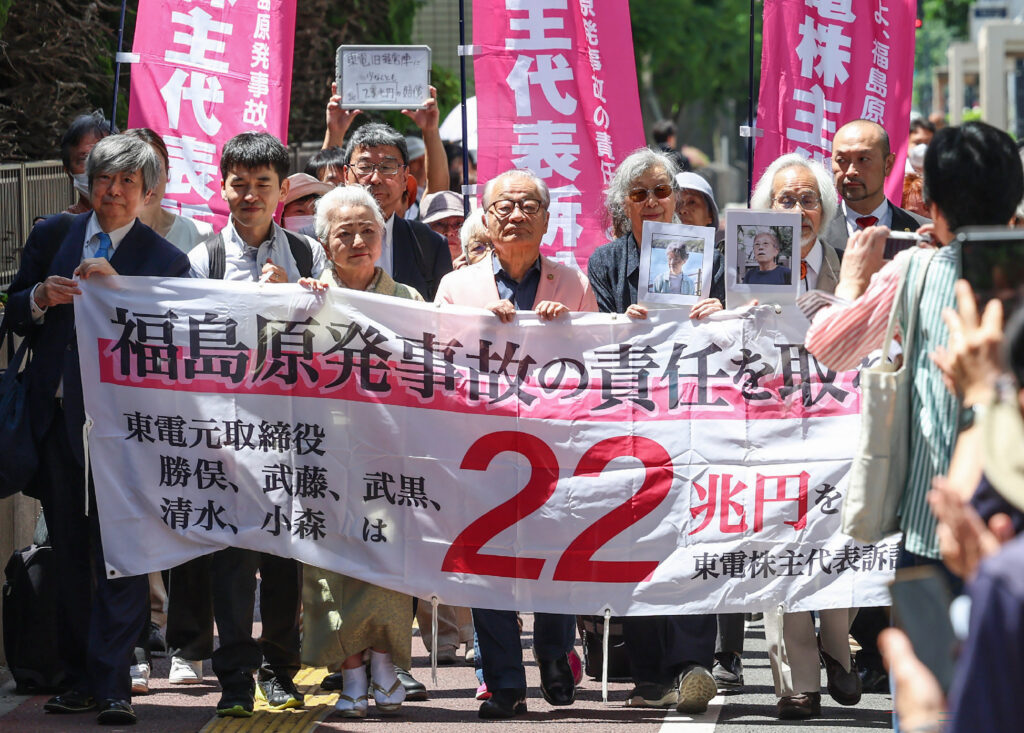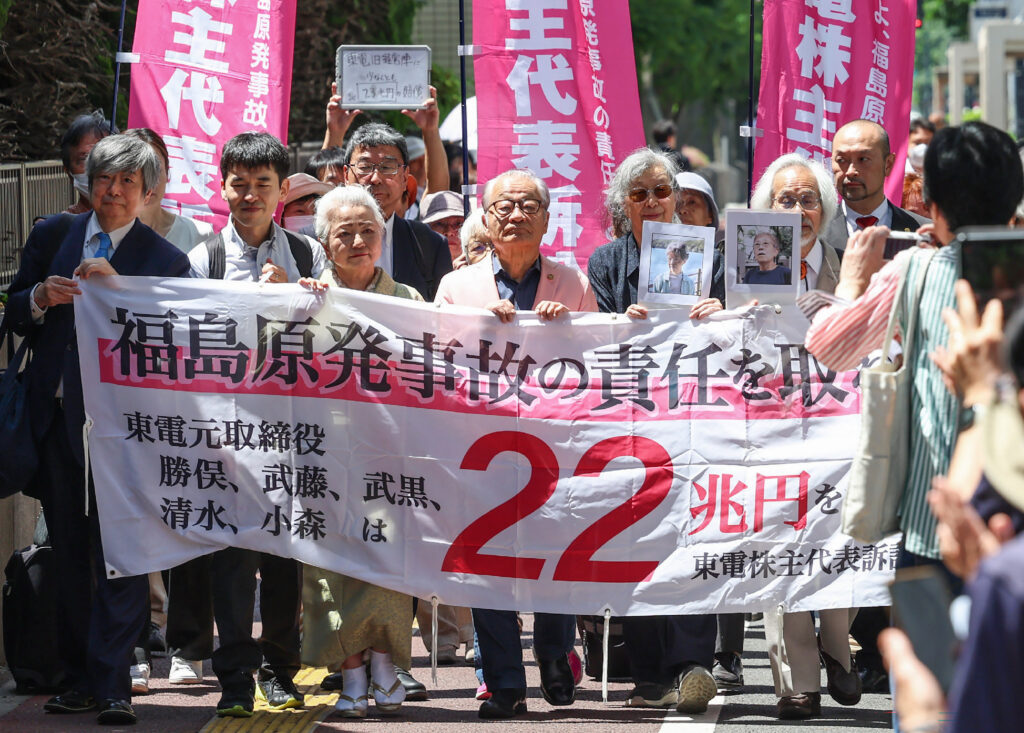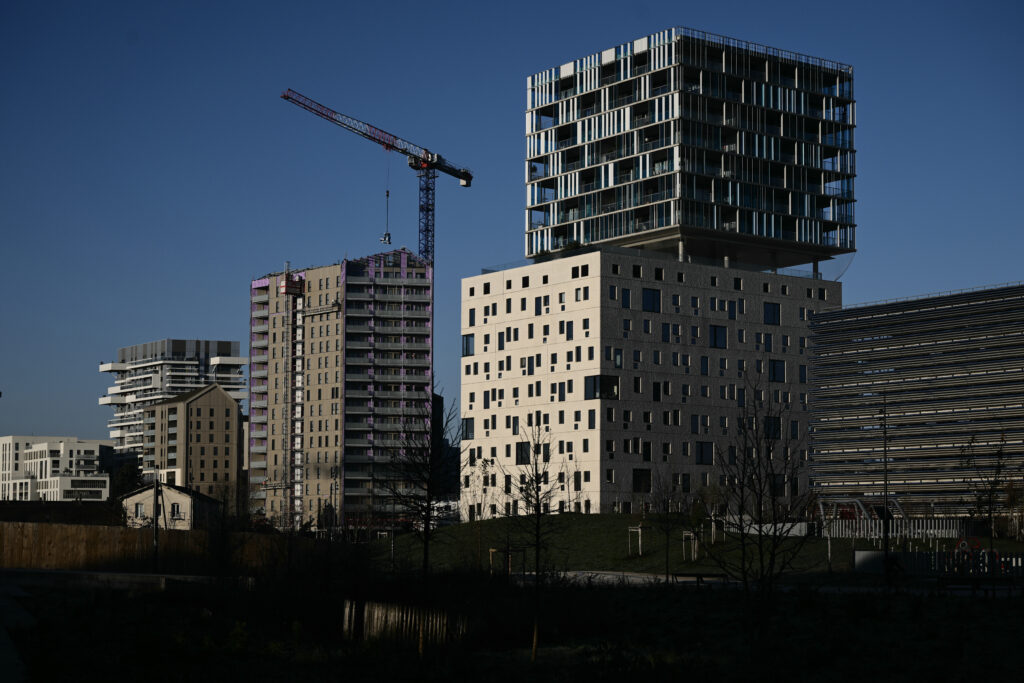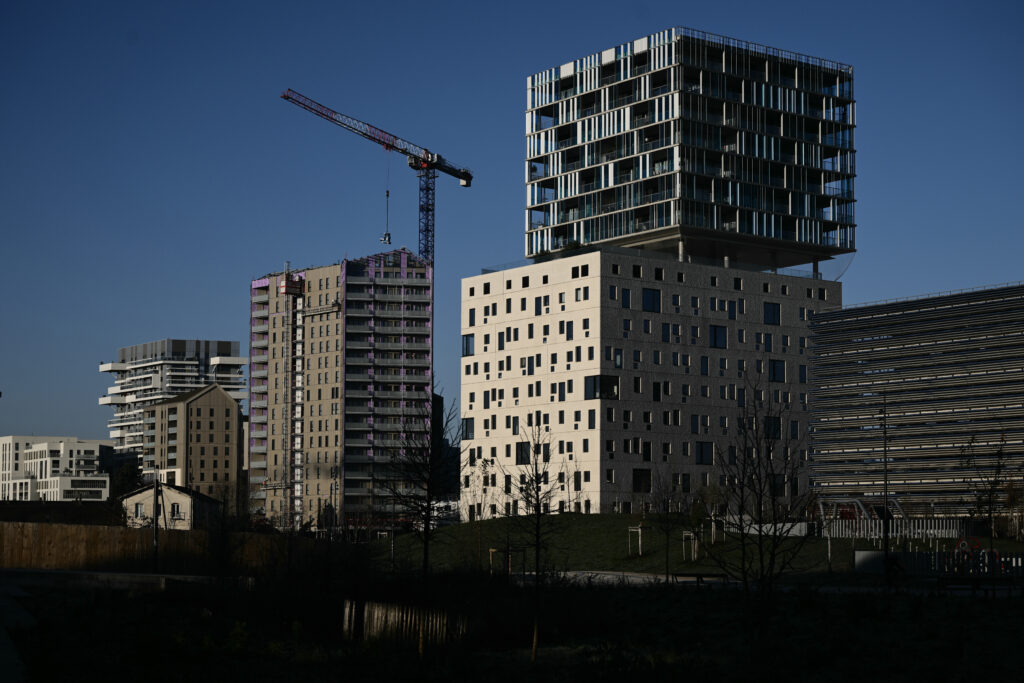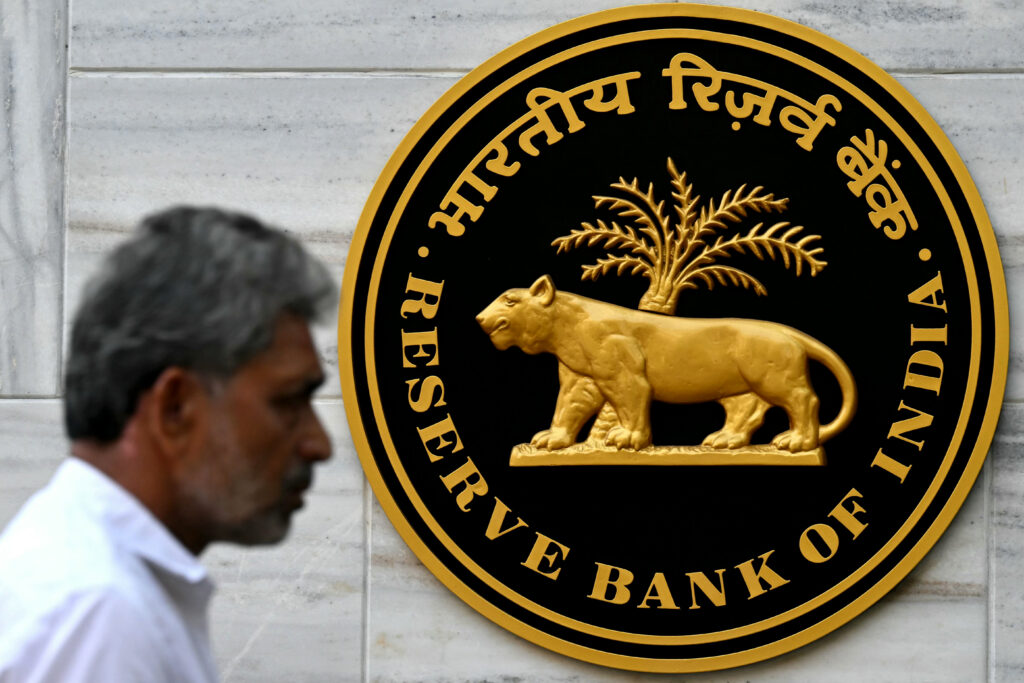Nucléaire: un tribunal japonais annule une amende colossale visant les ex-dirigeants de l’opérateur de Fukushima
La cour d’appel de Tokyo a annulé vendredi une amende colossale de 84 milliards d’euros contre quatre anciens dirigeants de l’opérateur de la centrale nucléaire de Fukushima accidentée en 2011, a annoncé une porte-parole du tribunal de Tokyo.Les quatre responsables de Tokyo Electric Power Company (Tepco) avaient été condamnés en 2022 à verser cette somme dans le cadre d’une action judiciaire intentée par des actionnaires de Tepco, à la suite de la catastrophe nucléaire déclenchée par un tsunami en mars 2011.Les plaignants soutenaient que la catastrophe aurait pu être évitée si les dirigeants avaient pris en compte les recherches et mis en place des mesures préventives, comme l’installation d’une source d’alimentation d’urgence placée en hauteur.Mais les accusés affirmaient eux que les risques étaient imprévisibles et que les études citées n’étaient pas fiables.”On ne peut pas considérer que les accusés ont eu la possibilité de prévoir ce tremblement de terre”, a déclaré le tribunal dans sa décision de vendredi.Contacté par l’AFP, Tepco a indiqué “ne pas faire de commentaire” sur cette décision.- “Prenez vos responsabilités !”-Des images diffusées notamment sur les chaines NipponTV et NHK ont montré des plaignants tenant une banderole et appelant à une amende encore plus élevée, l’équivalent de 147 milliards d’euros.”Prenez vos responsabilité dans l’accident nucléaire de Fukushima!”, est-il écrit sur la banderole.”Si je devais résumer l’arrêt d’aujourd’hui en une phrase : c’est un arrêt qui conduira à de futurs accidents nucléaires graves”, a déclaré Hiroyuki Kawai, l’un des avocats des plaignants lors d’une conférence de presse vendredi.L’amende infligée aux dirigeants de Tepco était destinée à couvrir les coûts de l’opérateur pour le démantèlement des réacteurs, l’indemnisation des résidents affectés et le processus de décontamination.L’agence de presse nippone Jiji Press a indiqué que la cour d’appel avait nié que le tsunami était un événement prévisible.Le montant de cette amende est considéré comme le plus grand jamais attribué dans une poursuite civile au Japon.En 2015, le géant pétrolier britannique BP avait été condamné à payer 20,8 milliards de dollars (18,8 milliards d’euros) pour la marée noire du golfe du Mexique dans ce qui était décrit à l’époque comme l’amende la plus élevée jamais imposée à une entreprise dans l’histoire des États-Unis.Si le tremblement de terre et surtout le tsunami ont causé la mort de 18.500 personnes le 11 mars 2011, la catastrophe nucléaire en elle-même n’a fait aucune victime sur le coup.Cependant, elle est indirectement responsable de plusieurs milliers de “décès liés”, reconnus par les autorités japonaises comme des morts dues à la dégradation des conditions de vie des nombreuses personnes évacuées de la région.En mars, la justice japonaise avait confirmé l’acquittement de deux anciens cadres de Tepco, accusés de négligence professionnelle lors de la catastrophe de mars 2011.Cette décision met un terme au seul procès pénal découlant de l’accident nucléaire le plus grave survenu dans le monde depuis Tchernobyl (Ukraine), en avril 1986.
